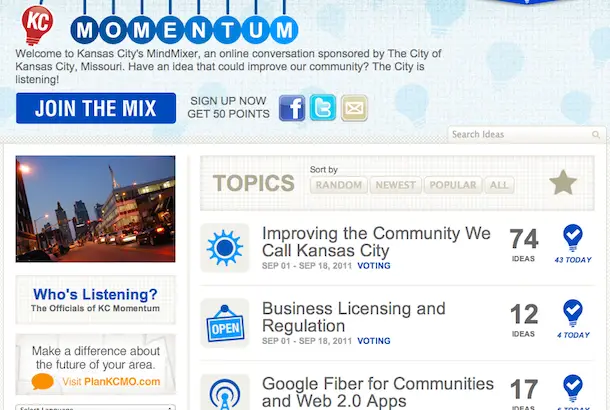If you’ve ever been in an East African city during rush hour, then you’ll know that African cities are walking cities. In the rapidly urbanising capitals of Africa, walking is by far and away the most popular form of transport. For instance over 60% of trips in Addis Ababa are made on foot, while just 9% of trips are made in a car and in Nairobi over 45% of people walk. These are the kind of walking statistics that developed cities can only dream of: London struggles to get 20% of people to walk and in New York its between 10-20%.
Can a growing city keep people walking?
As a result, the current CO2 emissions of these cities are incredibly low, with the vast majority of people either walking or using ‘ad-hoc’ public transport such as the small blue and white minibuses of Addis Ababa. However most Urban Africans aren’t walking out of choice, but simply because they can’t afford to travel in any other way. The real challenge facing urban governments in Africa is to maintain these high levels of walking as their cities grow at an incredible rate and Urban Africans start to earn enough to be able to afford to travel differently.
So walking is popular in Africa, but this isn’t because urban African streets are walking-friendly. In fact quite the opposite: 63% of streets in Addis Ababa lack any pavements or sidewalks and crossings are rare. Africans walk despite the un-walkable urban environment, not because of it. Walking isn’t only difficult, it’s also very dangerous with 67% of road accidents involving pedestrians in Ethiopia’s capital. Sadly this is the case in many developing countries, where road accidents are a growing epidemic and are expected to be the third biggest killer by 2020.
Walkable Urban Development

Faced with these huge challenges and opportunities the United Nations have recently pumped over $3 million into a project to kick-start sustainable transport in three African capital cities. ‘Sustainable transport in East African Cities‘ will support and fund improvements to walkability, bikeability and public transport in Nairobi, Addis Ababa and Kampala. The project is built around creating Bus Rapid Transit systems (BRT) in each city, similar to schemes in Johannesburg and Bogata. BRT are low cost and efficient bus systems with dedicated ‘busways’ and high quality enclosed stations. They provide the usability and capacity of other Mass Rapid Transit (like trams or subways) but at a fraction of the cost, making BRT an ideal option for developing cities.
As well as establishing BRT systems, the project will create more walkable and bikeable streets in each city, which will form a sustainable transport network. These improvements will include building more sidewalks, signalised crossing and improving road safety. It is hoped that by creating a holistic transport system now, each city can provide a sustainable alternative to the car-dependent development that has caused so many problems in western cities. Perhaps this will also mean that while East African cities continue to develop and grow richer, their citizens will still choose to embrace walking as the best way to move in the city.


